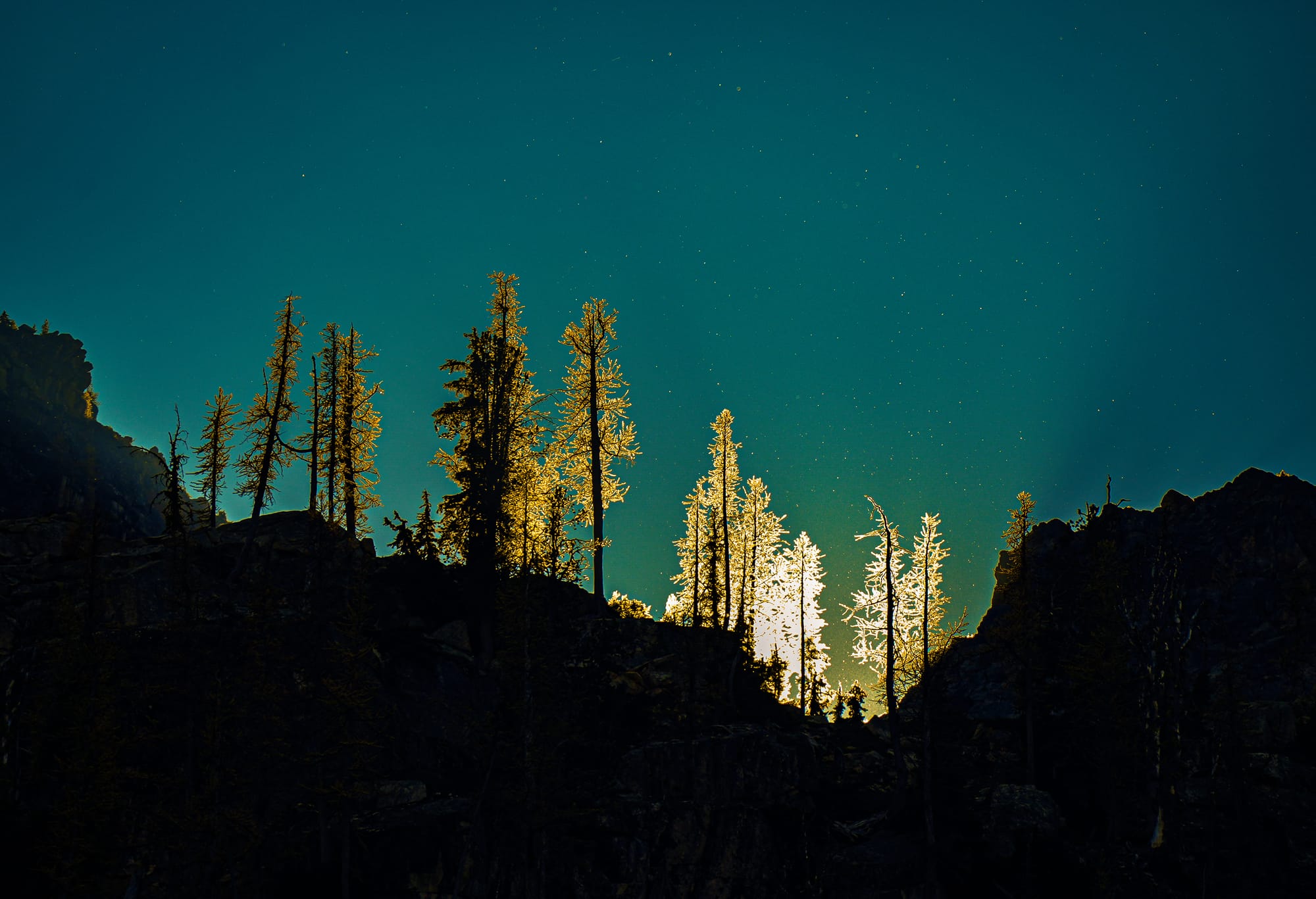October 5-11, 2025
Combining the bright colors of fall with early snow
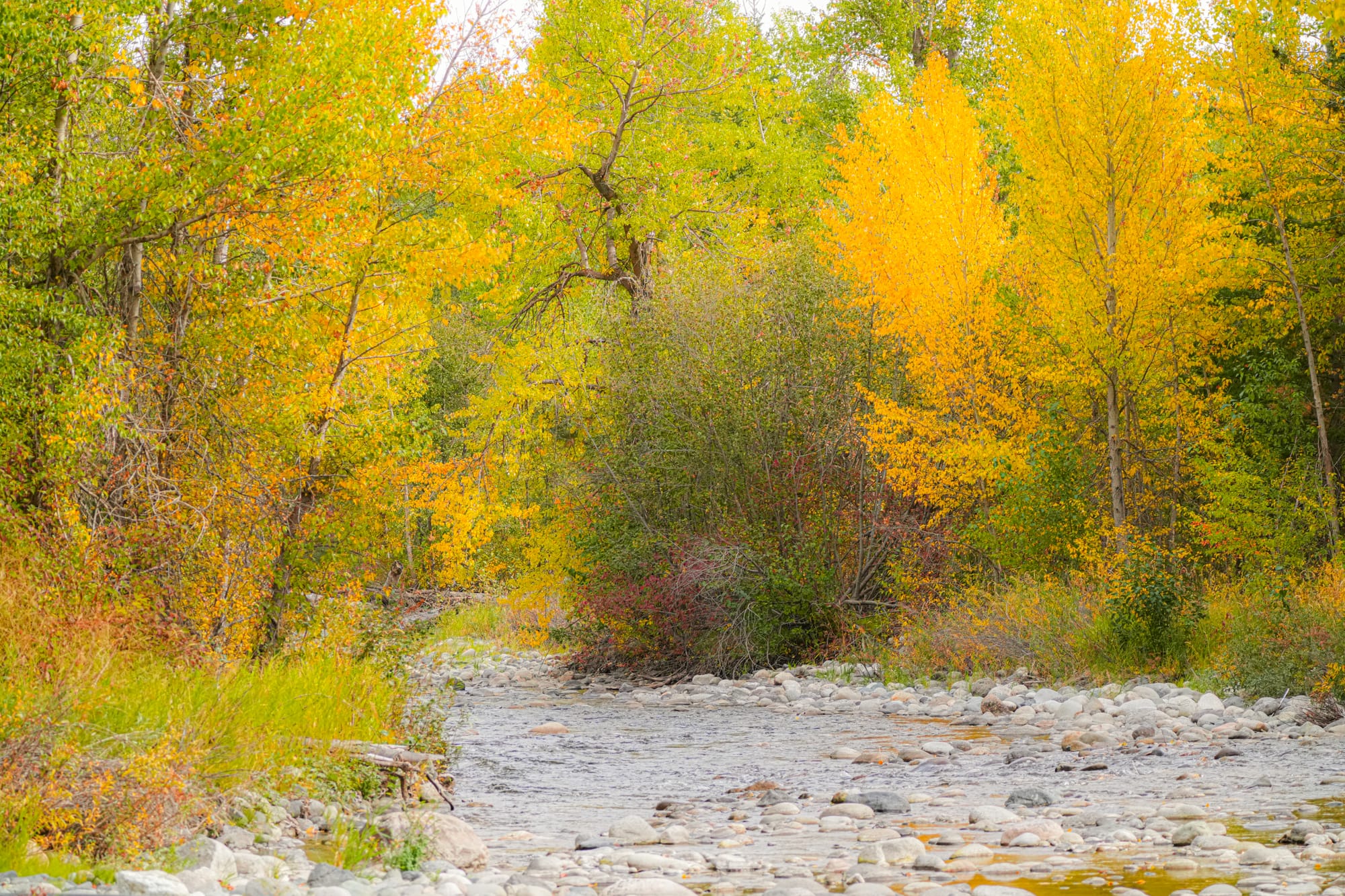
Days of sunshine and brilliant fall colors were bracketed by light dustings of snow on the high peaks at the beginning and end of the week.
Week in Review
We started the week with fresh snow on the high peaks, and as I write this newsletter at the end of the week, another storm is rolling into the high country with rain and snow forecast for the next couple of days. Other than that, this week has been gloriously sunny and colorful.
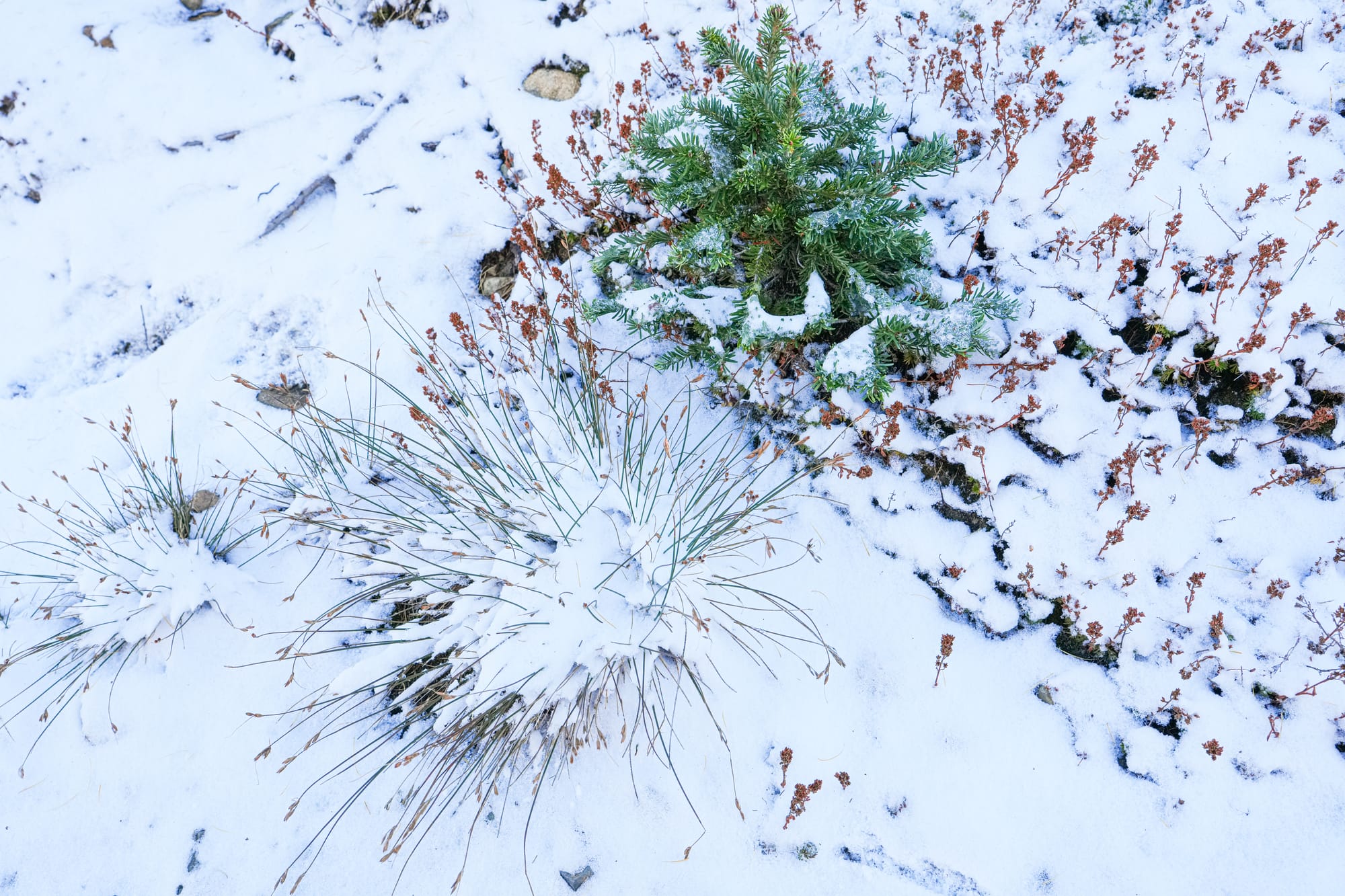
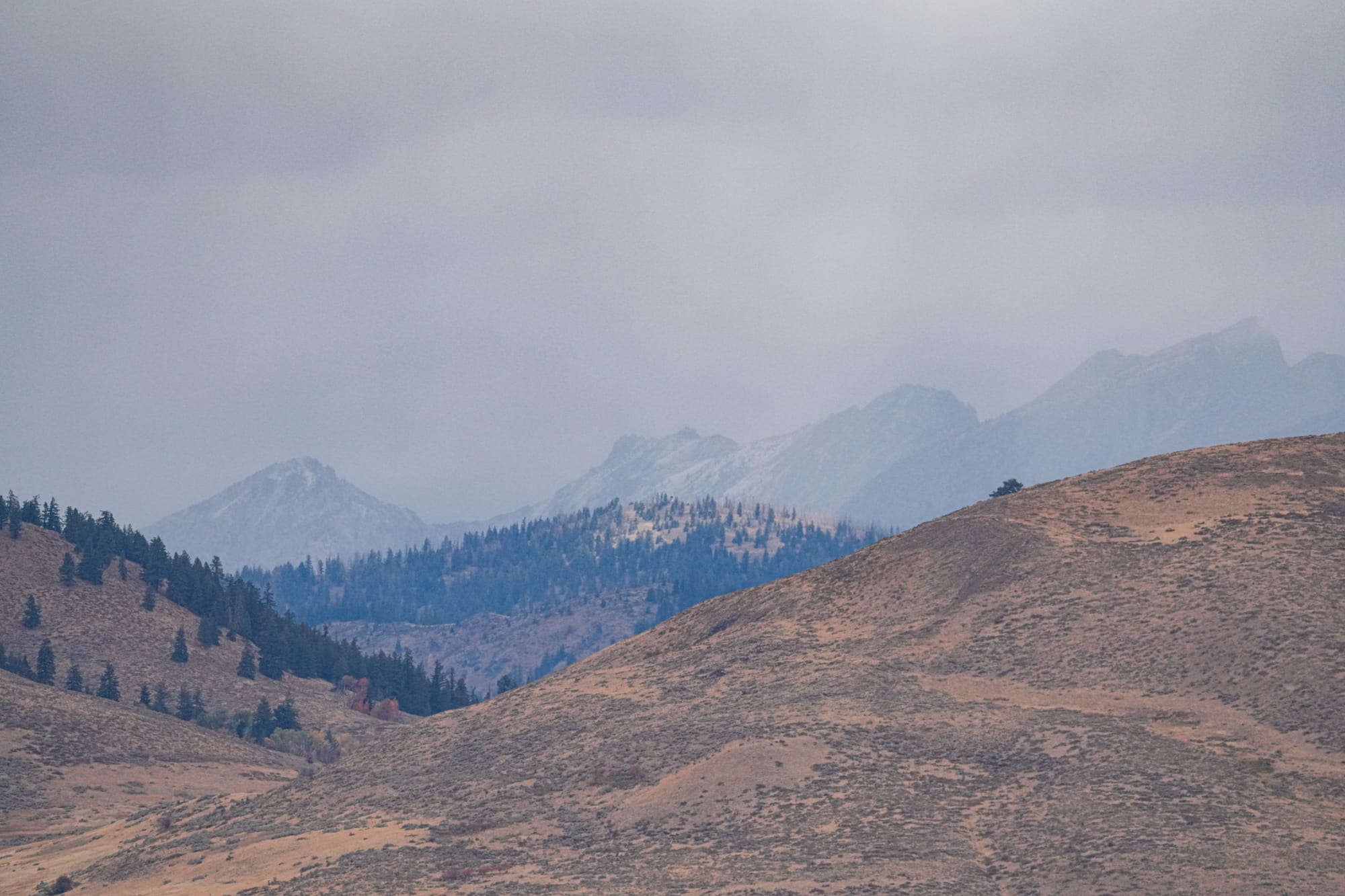
In general, things have dramatically slowed down in the natural world. For example, I've seen only one yellow-rumped warbler and not a single butterfly this week. This doesn't mean they're all gone; it just means that flowers and wildlife are not as easy to find now.
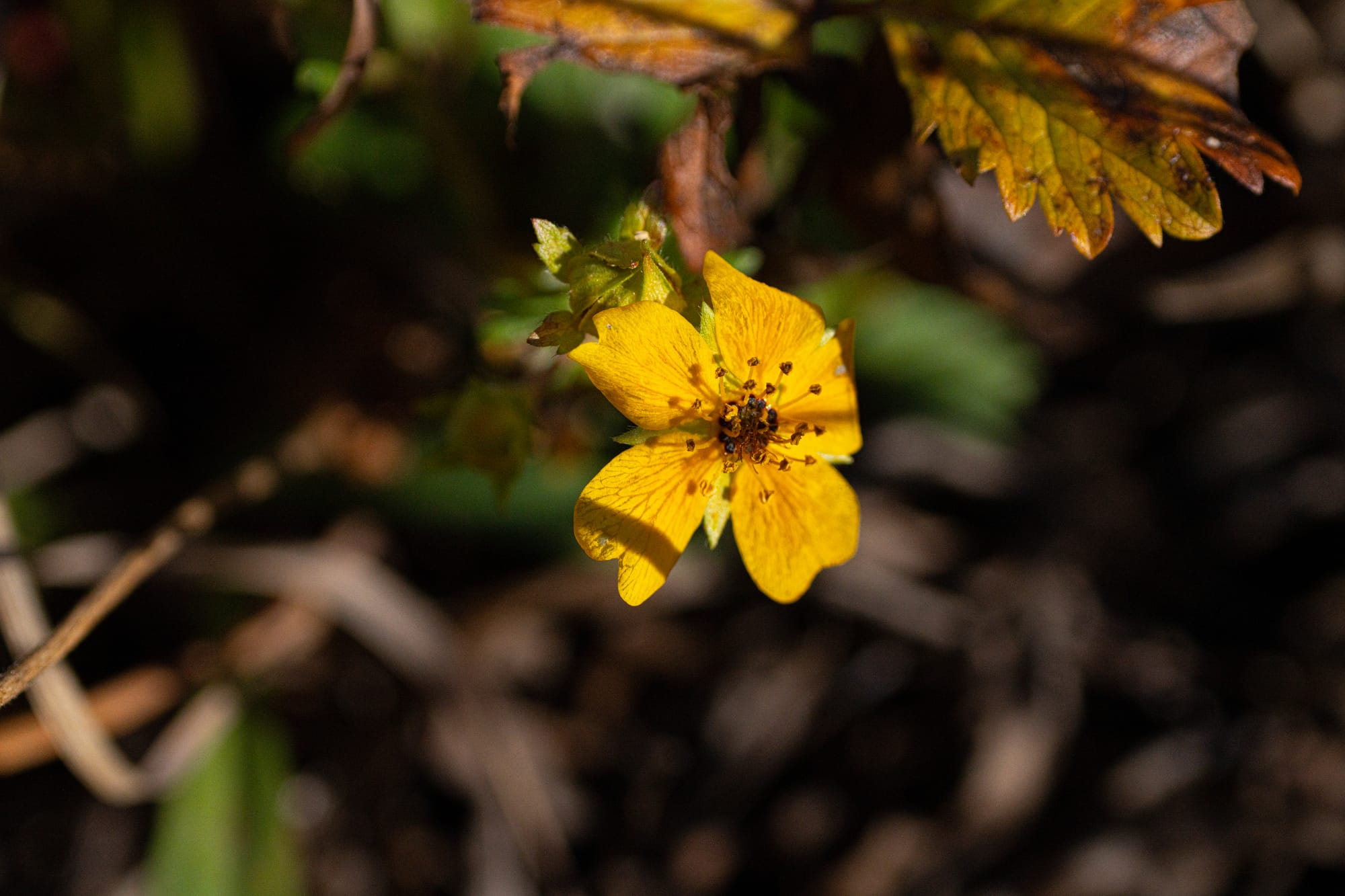
Even if they're harder to find, there are still pockets of activity and fun things to see. For instance, a lot more mushrooms are popping up now, especially in damp forests and in the mountains. If we get some rain in the next week or two, there should be even more mushrooms appearing in the narrow window before temperatures drop below freezing.
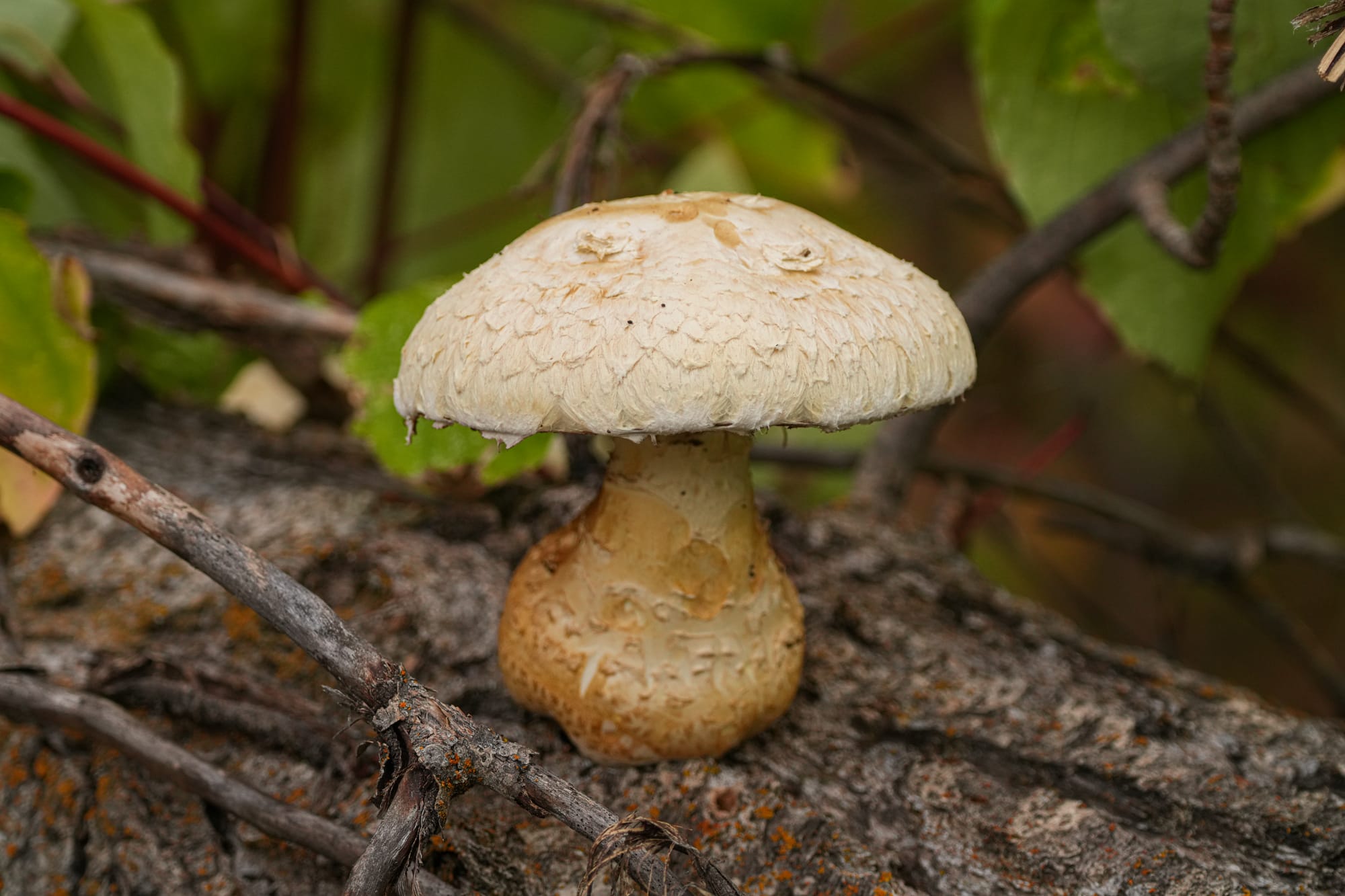
There may not be many butterflies around now, but I've been amazed at how many dragonflies there are. In particular, I've been seeing a surprising number of autumn meadowhawks, which are the latest flying dragonflies in Washington (they can be found as late as early December!).
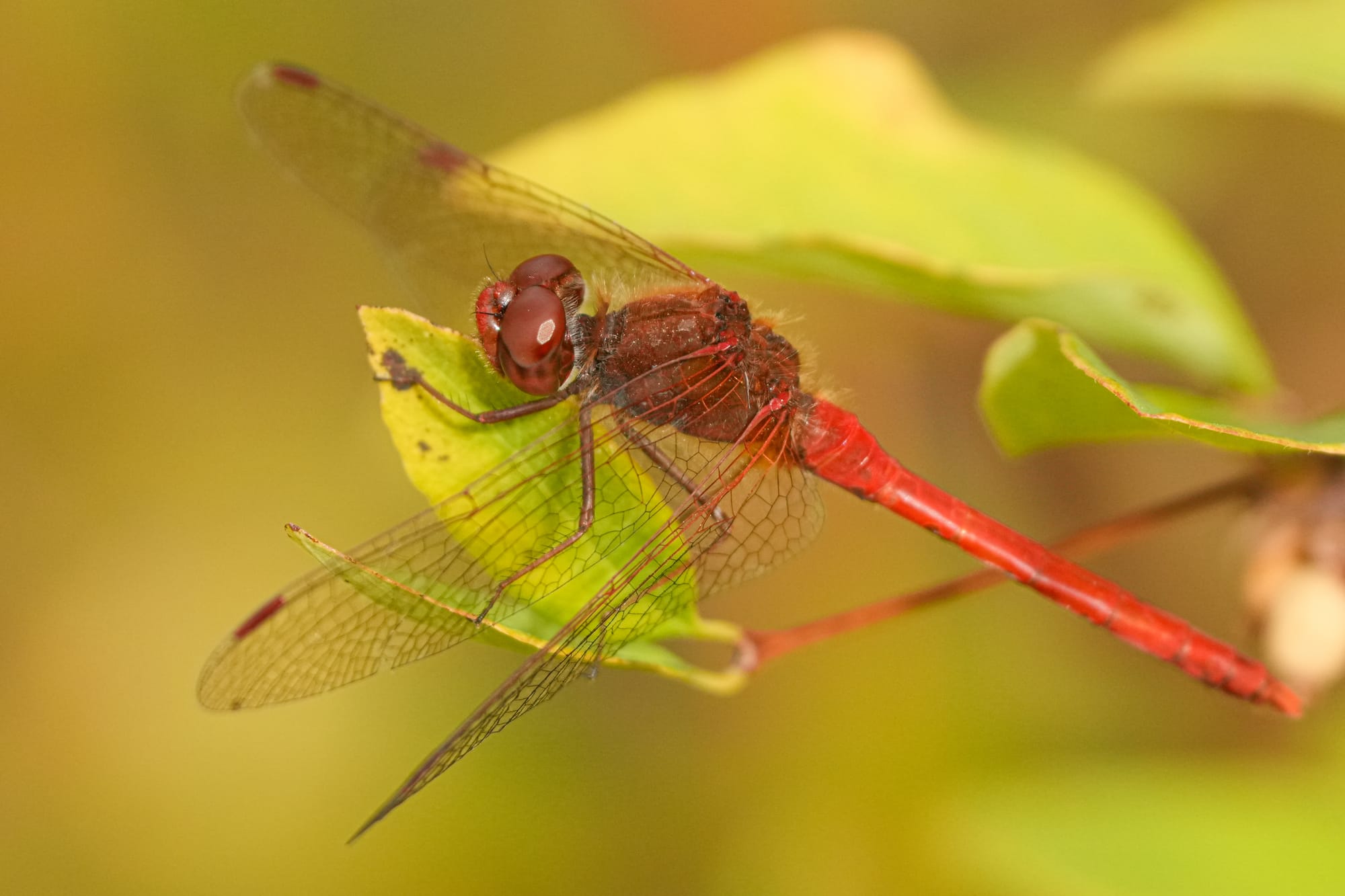
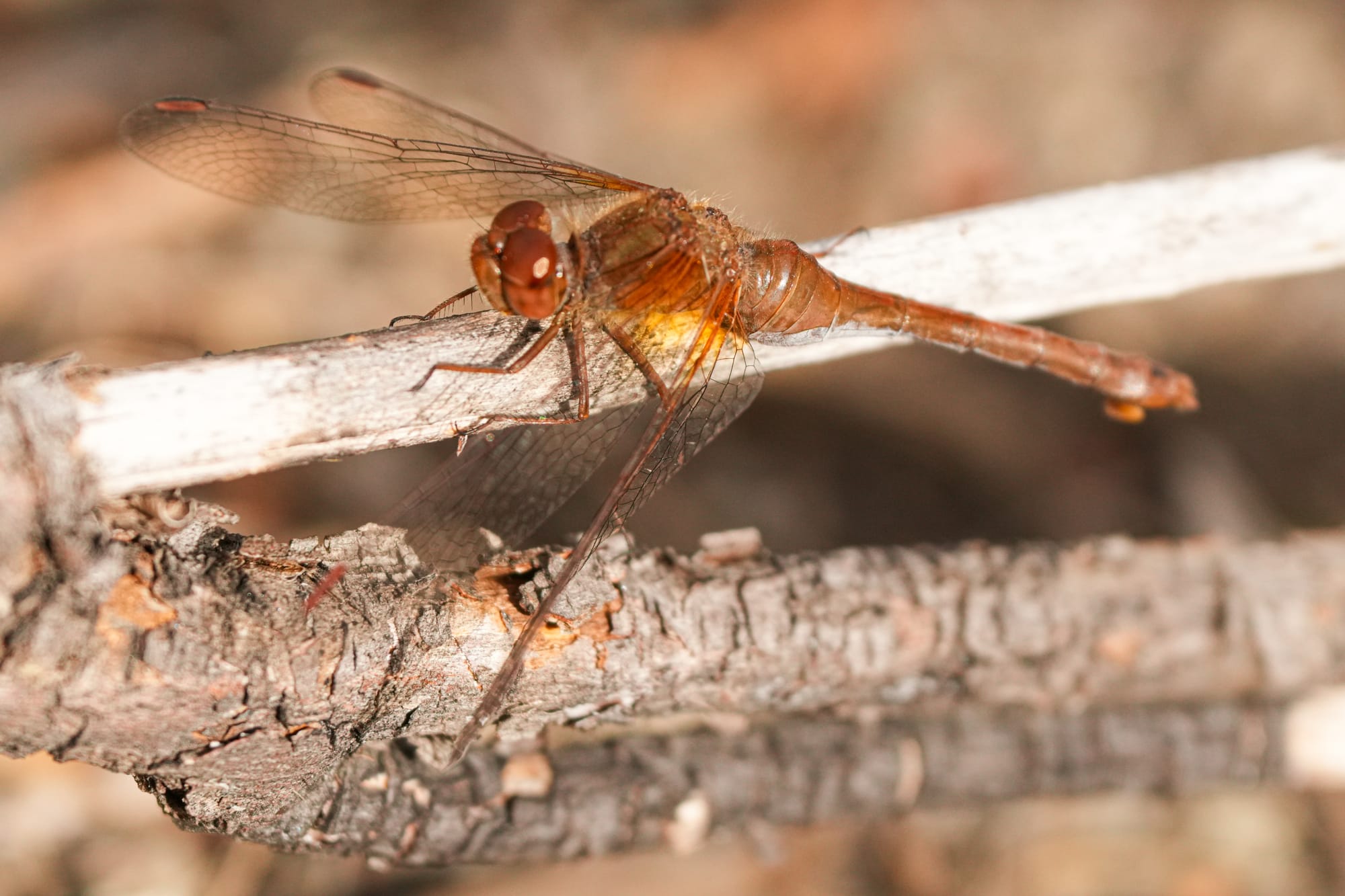
While the number of migrating songbirds have dramatically declined, there's been an uptick in waterfowl migrating through the Methow Valley. Many of these birds seem to stop briefly and rest anywhere from a few hours to most of a day before disappearing again. The ducks that will stick around for weeks or months should start arriving pretty soon, but I haven't noticed any lingering flocks at Twin Lakes yet.
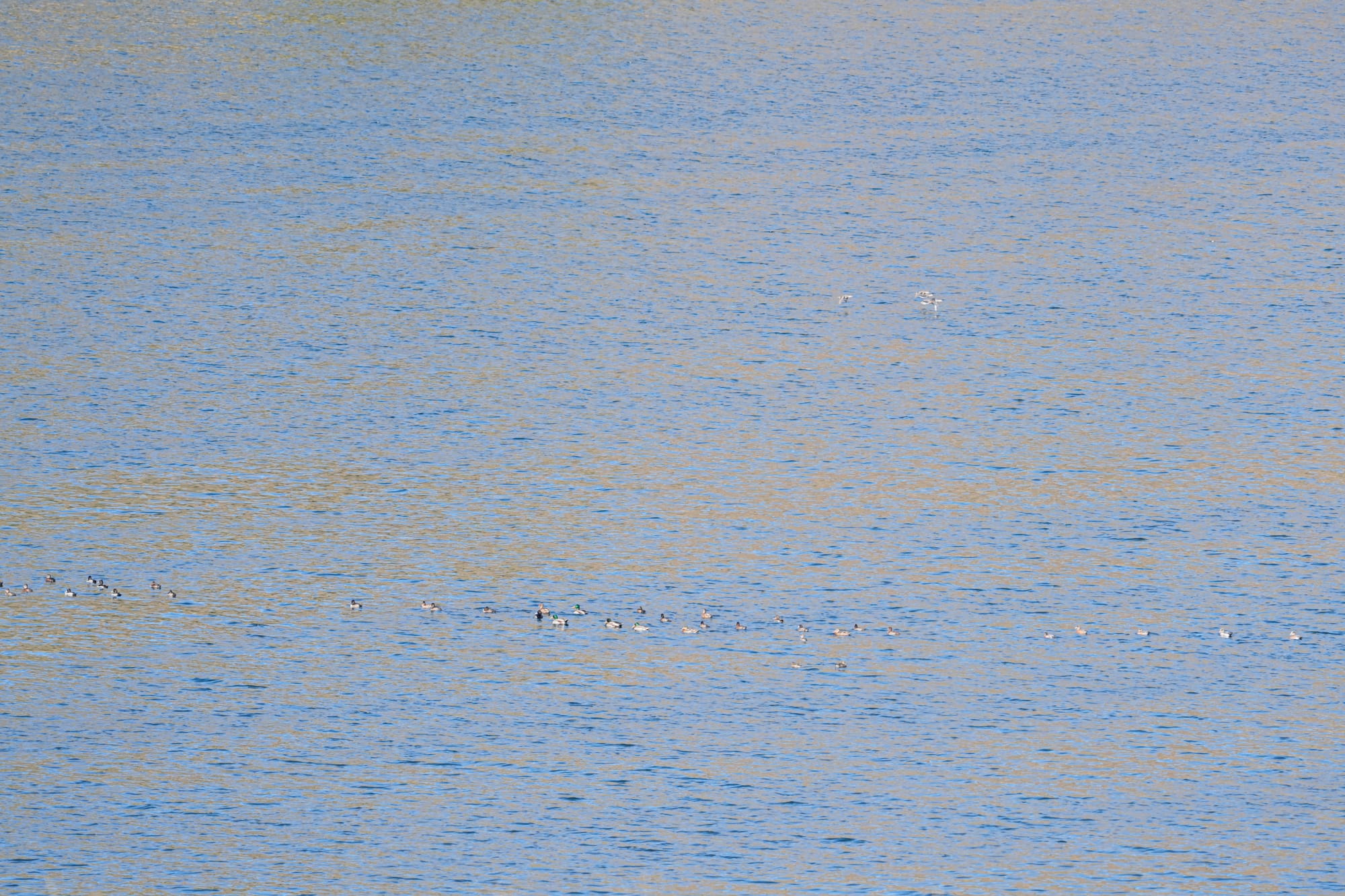
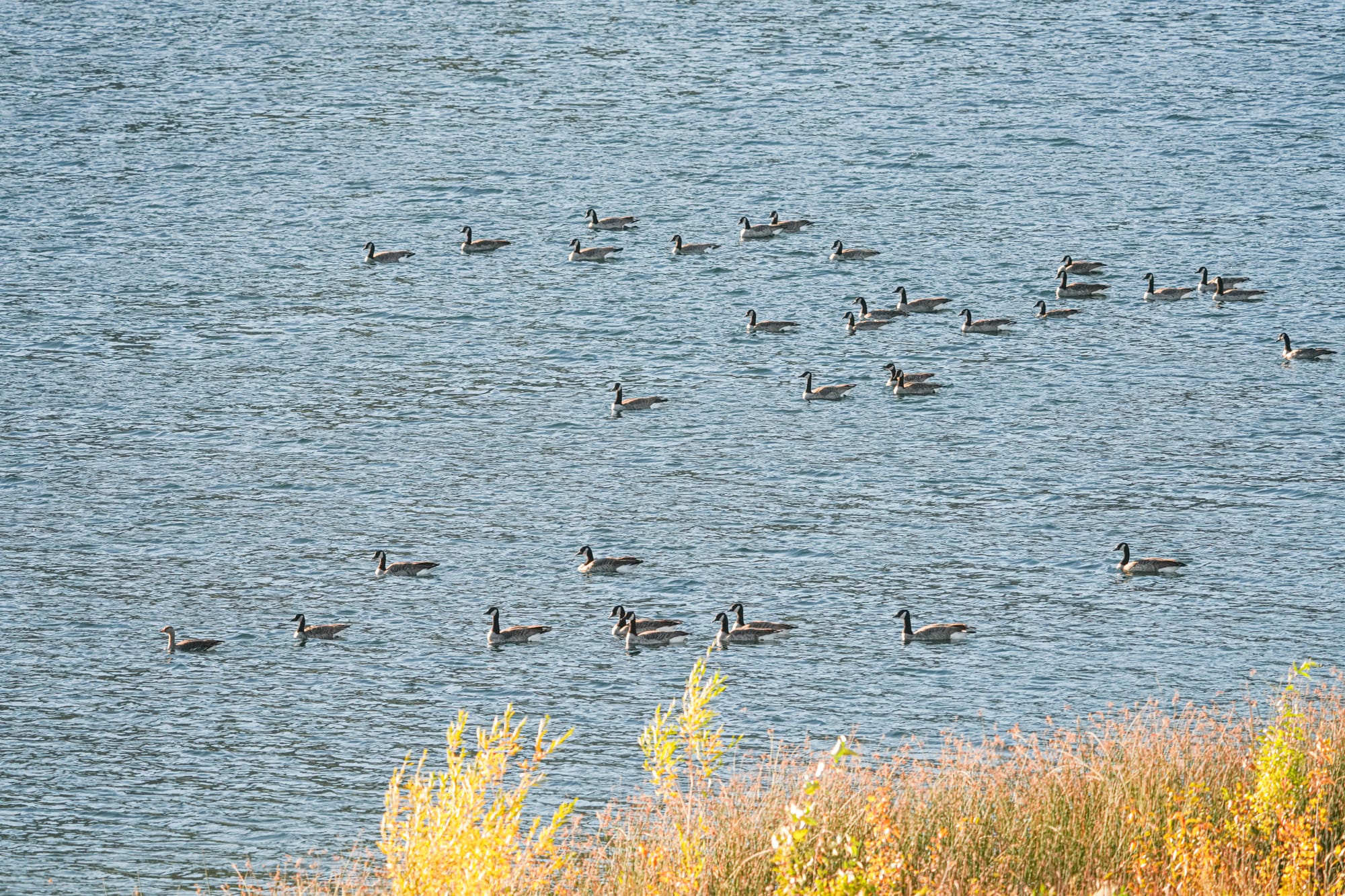
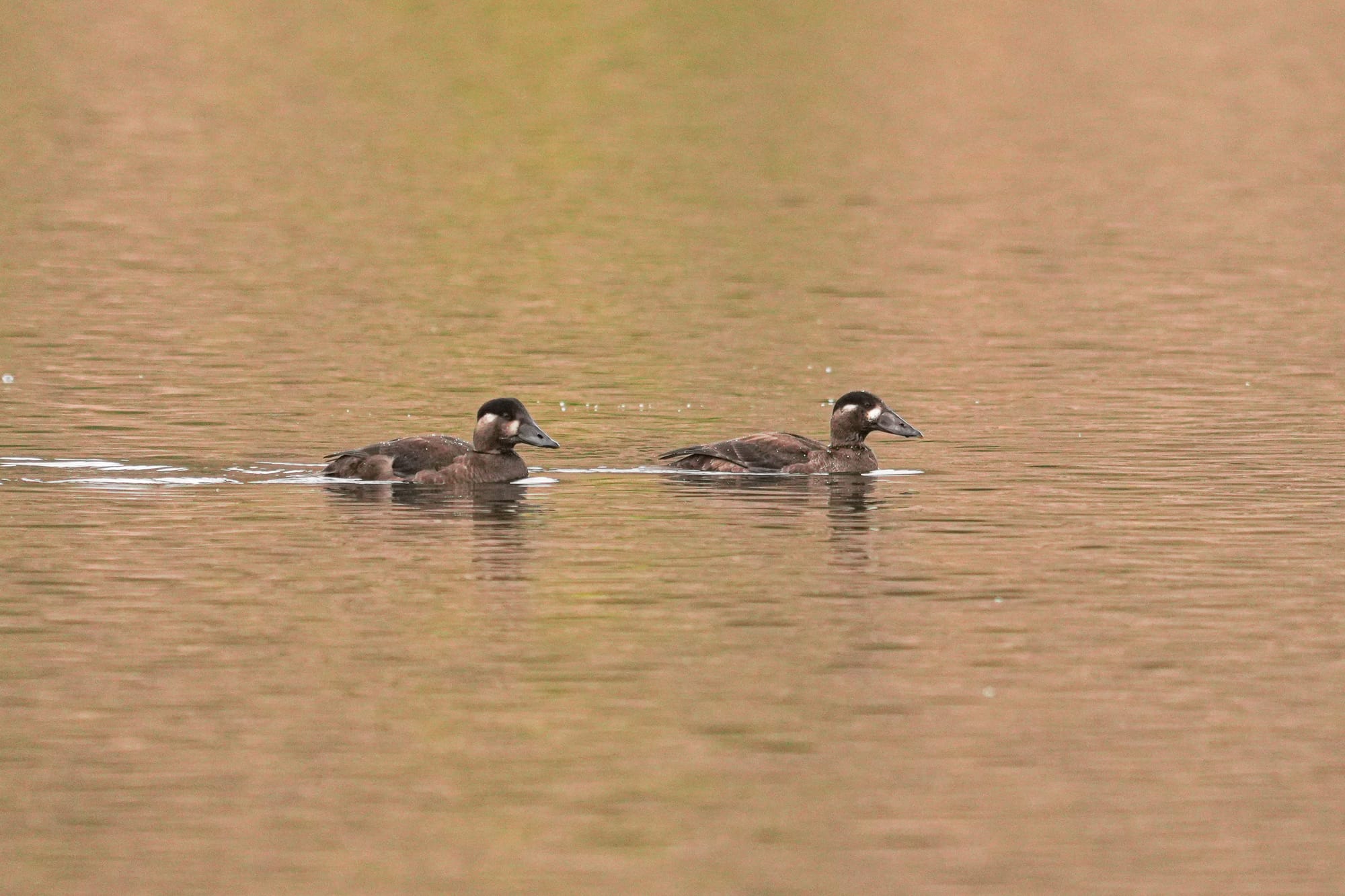
Finally, over the past week I've seen more chipmunks than I've seen at any other time around the Methow Valley. I don't know if this means there are more than usual, or if I've just been lucky enough to see them at their peak activity as they frantically prepare for winter. Pikas around Washington Pass were also noisy and conspicuous during a short hike earlier this week, so it's that time of year!
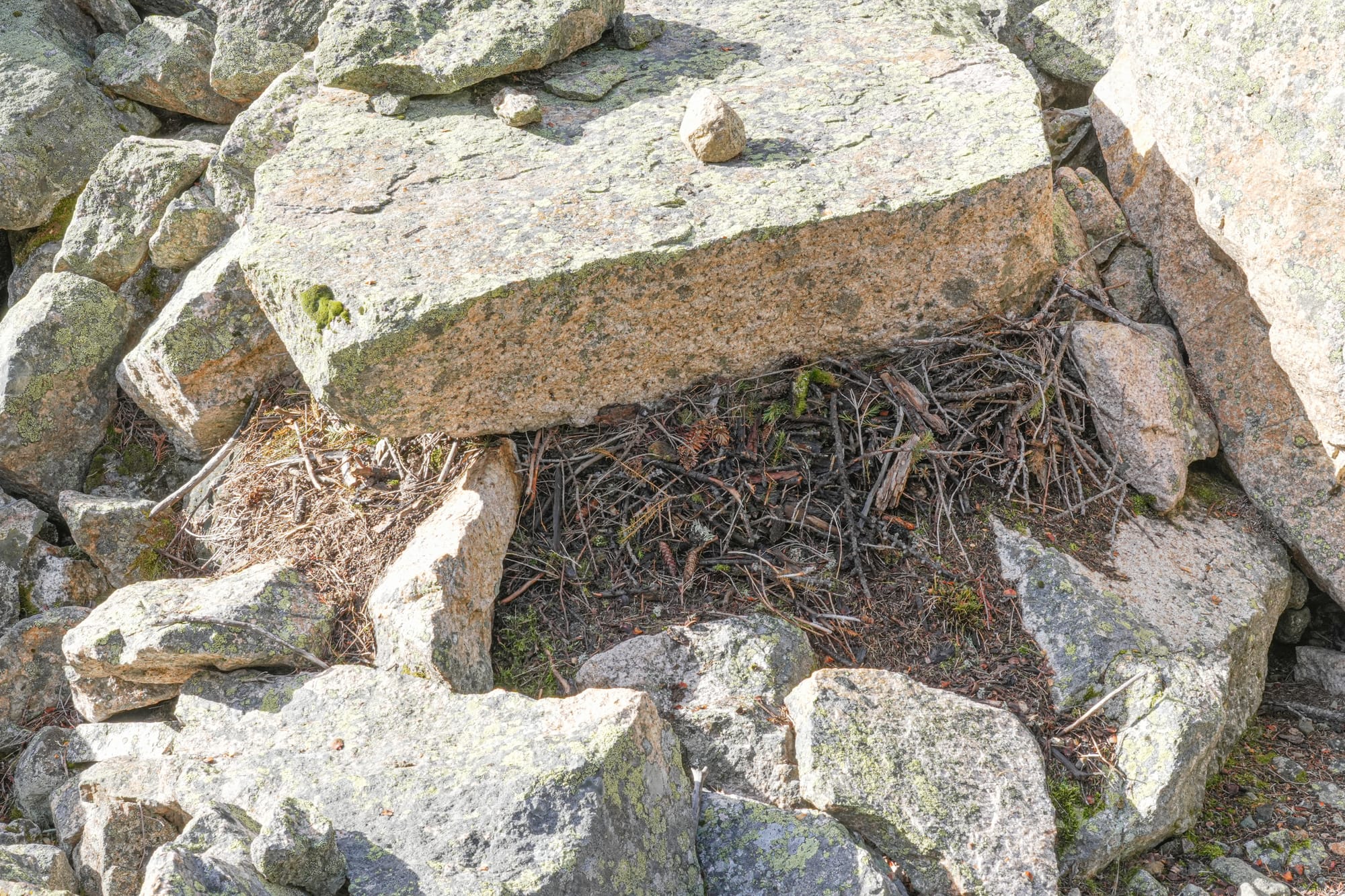
Observation of the Week: Larches in the sunlight
We all appreciate, and look forward to, the bright colors of larches glowing in the sunlight, but this week I realized something else about sunlight on larch needles.
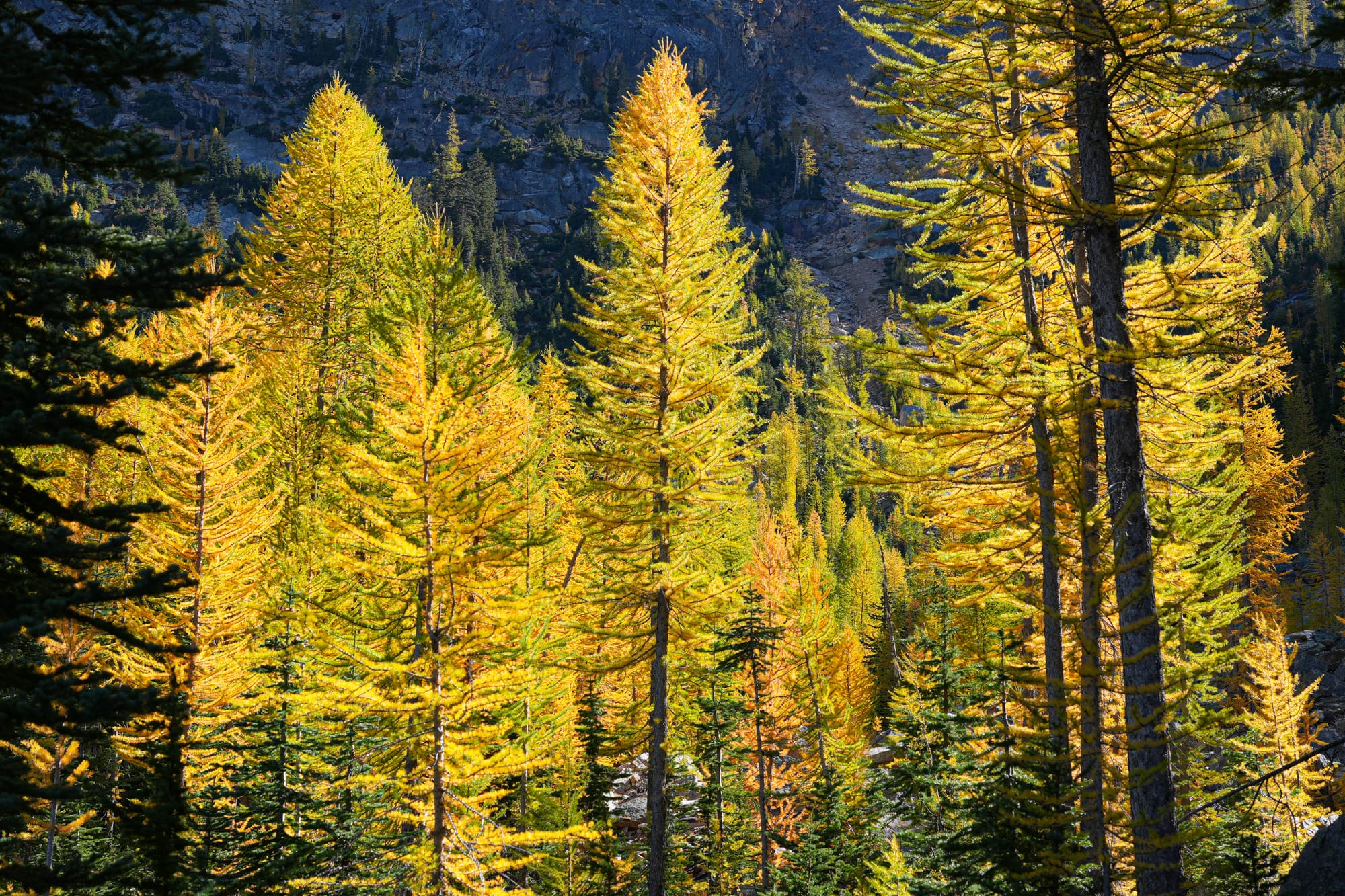
In early October, larches begin to break down the chlorophyll in their leaves and turn color. Because chlorophyll are the molecules that intercept sunlight and turn it into stored energy, this means that larches pass sunlight through their needles rather than blocking it after they start to change color.
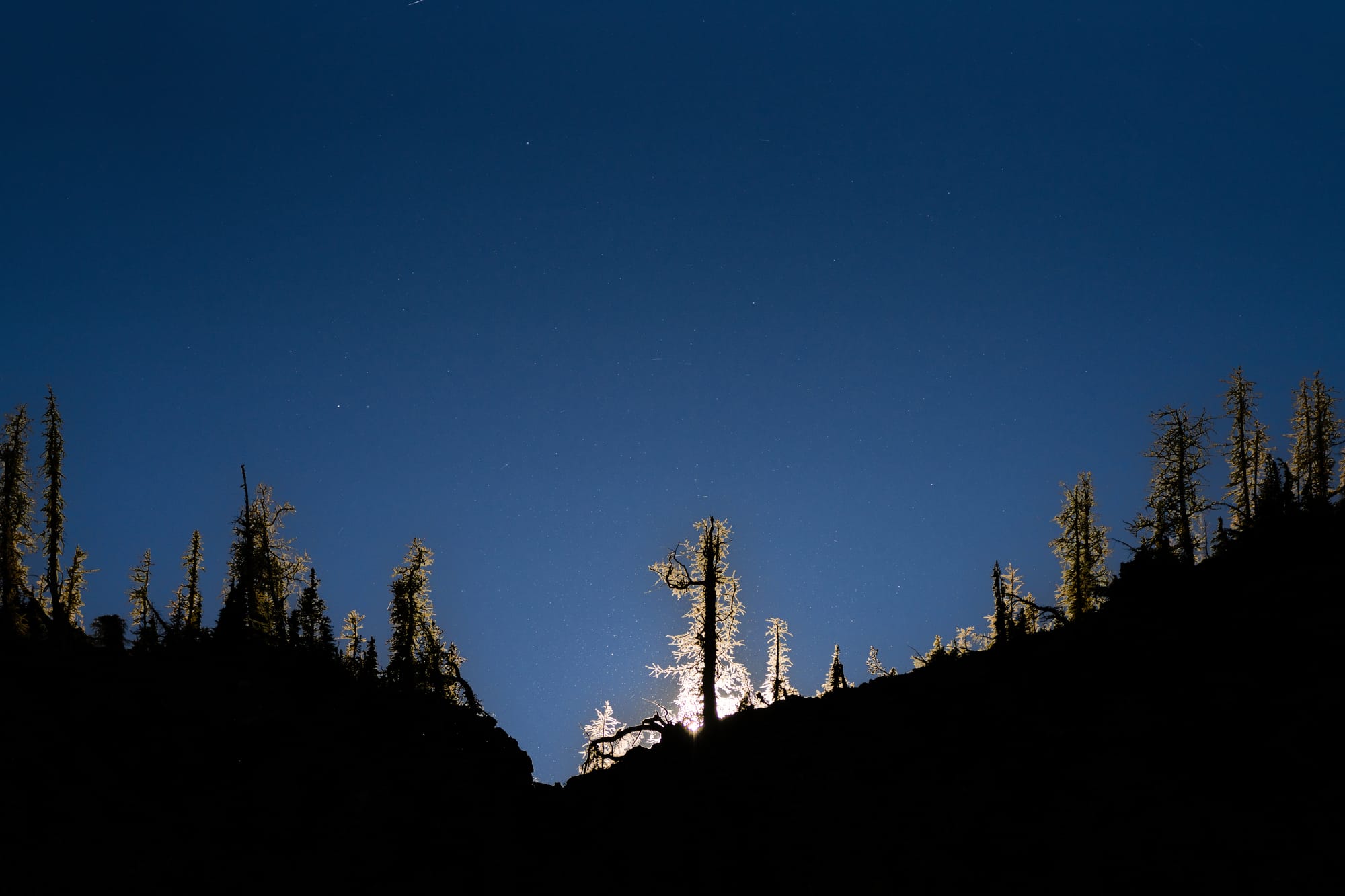
You can easily see this when trees are backlit in the sun. While other conifers block the sun and are dark, larches pass sunlight through their needles and create an amazing glow.
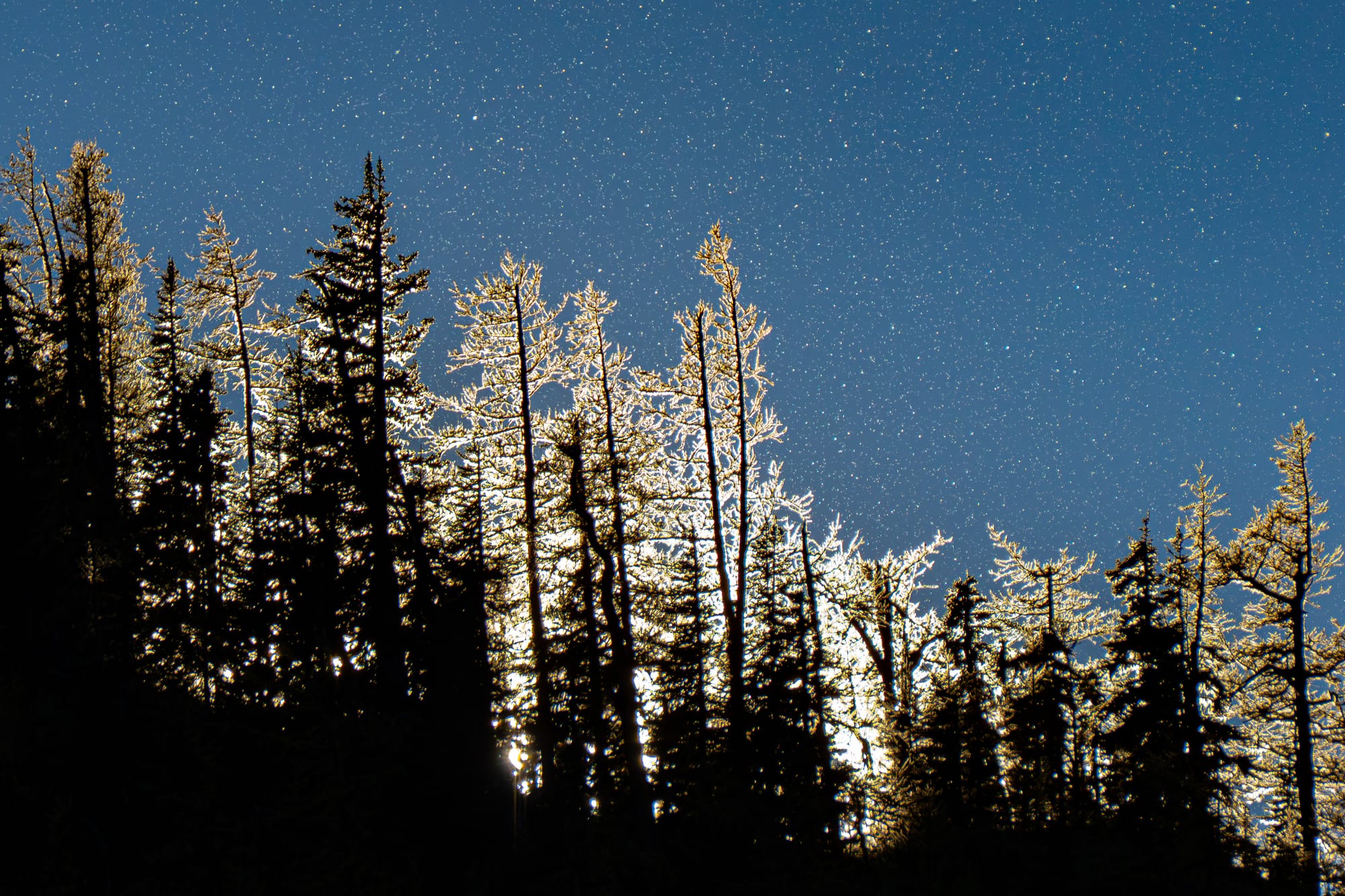
This glowing light is astonishing and I could spend all day photographing the sun shining through larch needles!
